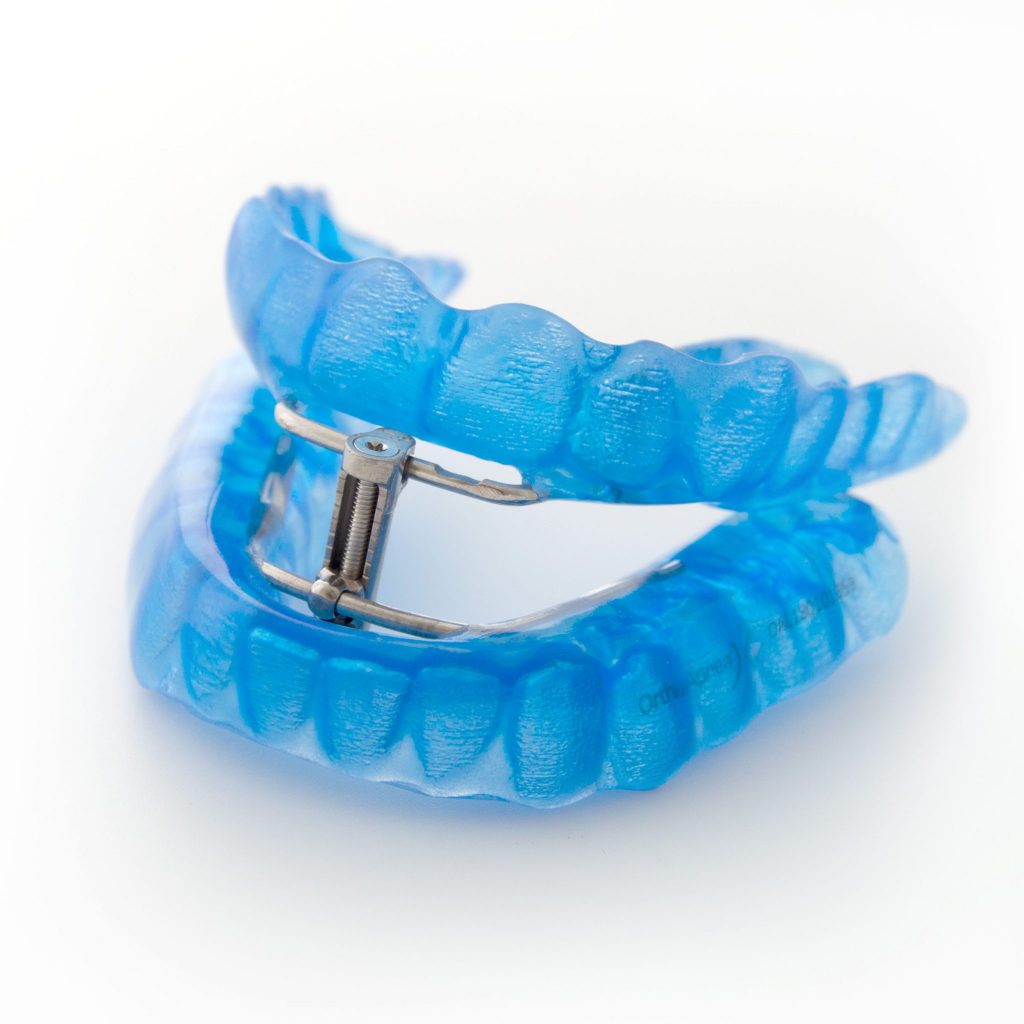Obstructive sleep apnea is a condition in which
Pauses in breathing occur during sleep because the airway has become narrowed, blocked, or floppy. A pause in breathing is referred to as an apnea episode. Almost everyone has brief apnea episodes while they sleep.

All of the muscles in your body become more relaxed during sleep. This includes the muscles that help keep the airway open and allow air to flow into the lungs.
Normally, the upper throat still remains open enough during sleep to let air pass by.
However, some people have a narrower throat area. When the muscles in their upper throat relax during sleep, their breathing can stop for a period of time (often more than 10 seconds).
This is called apnea
The snoring in people with obstructive sleep apnea is caused by the air trying to squeeze through the narrowed or blocked airway. However, everyone who snores does not have sleep apnea.
Other factors may also increase your risk:
- Certain shapes of the palate or airway that cause the airway to be narrower or collapse more easily.
- Large tonsils and adenoids in children that can block the airway.
- Large neck or collar size (17 inches or more in men and 16 inches or more in women).
- Large tongue, which may fall back and block the airway.
- Sleeping on the back also increases sleep apnea episodes.
Symptoms
A person who has obstructive sleep apnea often is not aware of the apnea episodes during the night. Often, family members witness the periods of apnea. A person with obstructive sleep apnea usually begins snoring heavily soon after falling asleep. Often the snoring gets louder.
The snoring is then interrupted by a long silent period during which there is no breathing. This is followed by a loud snort and gasp, as the person attempts to breathe. This pattern repeats.
Many people wake up unrefreshed in the morning and feel sleepy or drowsy throughout the day.
This is called excessive daytime sleepiness (EDS)
People with sleep apnea may:
- Act grumpy, impatient, or irritable
- Be forgetful
- Fall asleep while working, reading, or watching TV
- Feel sleepy while driving, or even fall asleep while driving
- Have hard-to-treat headaches
Problems that may occur with this condition:
- Depression that becomes worse
- Hyperactive behavior, especially in children
- Leg swelling (if severe)
Signs and tests
The health care provider will perform a complete history and physical exam. This will involve carefully checking your mouth, neck, and throat. You may be given a survey that asks a series of questions about daytime sleepiness, sleep quality, and bedtime habits.
One sleep study (polysomnogram) is used to confirm obstructive sleep apnea.
Other tests that may be performed include:
- Arterial blood gases
- Electrocardiogram (ECG)
- Echocardiogram
- Thyroid function studies
Treatment
The goal is to keep the airway open so that breathing does not stop during sleep.
The following lifestyle changes may relieve symptoms of sleep apnea in some people:
- Avoiding alcohol or sedatives at bedtime
- Avoiding sleeping on the back
- Losing weight
Continuous positive airway pressure (CPAP) is now regarded as the first-line treatment for obstructive sleep apnea in most people. CPAP is delivered by a machine with a tight-fitting face mask. Many patients cannot tolerate CPAP therapy. Good follow-up and support from a sleep center can often help overcome any problems in using CPAP. For information on this treatment, see: CPAP.
Some patients may need dental devices inserted into the mouth at night to keep the jaw forward.
Surgery may be an option in some cases.
This may involve:
- Uvulopalatopharyngoplasty (UPPP) to remove excess tissue at the back of the throat (this has not been proven to work well).
- More invasive surgeries to correct abnormal structures of the face in rare cases when patients have severe sleep apnea or treatment has not helped.
- Tracheostomy to create an opening in the windpipe to bypass the blocked airway if there are physical problems (rarely done).
- Surgery on the nose and sinuses.
- Surgery to remove the tonsils and adenoids may cure the condition in children; it does not seem to help most adults. Structive sleep apnea is a condition in which pauses in breathing occur during sleep because the airway has become narrowed, blocked, or floppy.

